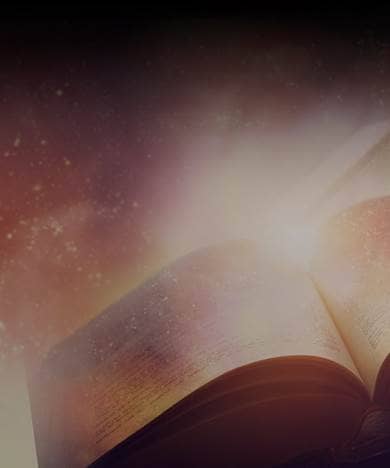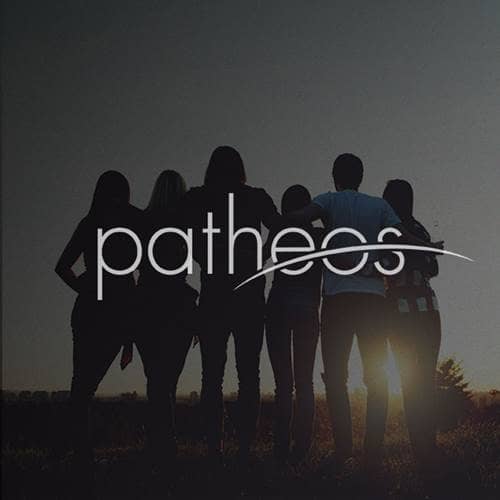- Trending:
- Pope Leo Xiv
- |
- Israel
- |
- Trump
- |
- Social Justice
- |
- Peace
- |
- Love

RELIGION LIBRARY
Cao Dai
Cao Dai (also known as Caodaism or Dao Cao Dai) is a modern, pluralistic, syncretistic Vietnamese religious tradition with strong nationalistic components. Cao Dai - which means "High Tower" - incorporates characteristics from a variety of religious and philosophical traditions, including theories of karma and the afterlife from Buddhism, moral and ethical codes from Confucianism, hierarchical structure from Roman Catholicism (including a pope, cardinals, and archbishops), as well as rituals and practices from Taoism. Cao Dai saints include religious and political leaders from various traditions and civilizations, including the Buddha, Jesus Christ, Julius Caesar, Confucius, Muhammad, Victor Hugo, and Joan of Arc. Formally established as a religion in 1926 under the leadership of the prophet Ngo Van Chieu, Cao Dai took on a political role (including forming an army) with Japan's invasion of Indochina. After a conflict with the Vietnamese Premier, the Cao Dai army was disbanded and the religious leaders were exiled. The Cao Dai religious movement survived in Vietnamese refugee communities and has since spread throughout Vietnam, the United States, France, and Cambodia. Cao Dai is proudly syncretistic and pluralistic, maintaining that its purpose is to bring harmony between the great diversity of individuals and religions through a common vision of the Supreme Being. The Supreme Being is represented as the Divine Eye (an eye within a triangle). Cao Dai worship includes many elaborate rituals and festivals as well as honoring Cao Dai saints and ancestors at temples.
Quick Facts
| Formed | 1926 |
| Adherents | 5,000,000 |
| Deity | Cao Dai (supreme god) |
| Sacred Text | Dai Thua Chon Giao, Phap Chanh Truyen, Thanh Ngon Hiep |
| Origin | Vietnam |
| Headquarters | Tay Ninh, Vietnam |










